In the past 2017, new energy vehicles have become a major highlight of the domestic market. Industry growth continues to maintain a good momentum. Annual sales reached 777,000 units, an increase of 53.3% year-on-year, including sales of pure electric vehicles and plug-in hybrid vehicles. The year-on-year increase of 82.1% and 39.4%, BYD, BAIC, Dongfeng and other well-known car companies also have good results. However, the bright sales data does not reflect the market's true reality. Especially for a relatively new industry, its rapid and even brutal development will inevitably bring about a series of thorny problems, and China's new energy automobile industry is also a long way to go. New energy automobile industry born with gold spoon Under the environment of energy restriction and environmental pollution, new energy vehicles, one of the strategic emerging industries, have been placed on high hopes since their inception. Since 2009, China has officially launched a comprehensive plan for the development strategy of new energy vehicles. Various supporting policies have been intensively introduced. Various government bonuses such as government subsidies, unlimited licenses, and exemption from purchase taxes have come one after another. For a time, new energy vehicles have been set up. Thousands of pets in one. Among all kinds of policy support, the most striking one is the huge financial subsidies, which cover all aspects of the mid-to-downstream of the new energy auto industrial chain. According to the "Securities Daily" estimate, the subsidy for electric vehicles in China in 2015 was 59 billion yuan, and in 2016 it was 83 billion yuan. The intensity of this effort is amazing. Under the catalysis of policies and funds, the new energy automobile market has ushered in the spring. All car companies are like chickens. They are all overweighting the R&D, production and delivery of new energy vehicles – Geely, BYD, Volvo and Mercedes-Benz. The giants have produced new energy models, and many listed companies including Gree, Wuliangye, and GCL have also started cross-border builds and are interested in sharing their profits. In recent years, the concept of “green travel†and “energy saving and emission reduction†advocated by the people have also caused people’s car purchase ideas to change in a subtle manner. The superposition of various factors has directly resulted in a full-fledged new energy auto market. Statistics from the China Association of Automobile Manufacturers show that the sales volume of new energy vehicles in China soared from 21,819 in 2014 to 767,759 in 2017, more than 35 times more than enough. When more and more electric vehicles and charging piles are on the road, when the car megaphones of urban residents such as Kita-Shenzhen-Guangzhou-Shenzhen are turning to new energy sources, it seems that this industry has already taken its place, and its future is boundless. However, as new energy vehicles developed in full swing, a pot of cold water poured over them and immediately sobered a large number of voters: In the second half of 2016, the Ministry of Finance announced the list of five fraudulent car companies, involving the amount of subsidy for new energy vehicles. Over one billion yuan. The five car companies are only the tip of the iceberg, and some media have followed the trend, and 72 car companies have been defrauded for subsidy of 9.2 billion. Such a large amount of fraudulent scandals is thought-provoking. People calm down from the enthusiasm and begin to re-examine the hidden dangers in the industry. From the perspective of consumers, the situation is equally not optimistic. The continued rise in sales does not prove that the majority of consumers have been willing to pay for it - at least, a considerable number of people are forced to buy electric cars. Take Beijing as an example. In recent years, the 26th day of each dual month is the day when the vast majority of shakers “continue to hope and continue to disappointâ€. The repeated reduction of ordinary passenger car indexes has made it difficult to win record highs. In the face of nearly 900 individuals robbing an ordinary passenger car index, many people know that winning the prize for another five or eight years may not be able to win the prize. Transfer to an electric car. In addition, from the feedback of many users, it can be seen that people are not satisfied with the cost-effectiveness of new energy vehicles, such as "shorter battery life," "high maintenance cost of vehicles," "charging too difficult," " Getting the second-hand market worth mentioning is a constant complaint. Like the dark tide under the calm lake, the development of new energy vehicles also has hidden concerns. The signs of government subsidies for retreat have emerged It must be acknowledged that policy tilt and financial subsidies are necessary in the development of the new energy auto industry. However, the coexistence of the rise of the industry and speculative downturns has forced us to reflect on the “industrial policyâ€. Industrial policy has always been a key issue of economic development in various countries. Many economists have their own opinions. For instance, Lin Yifu and Zhang Weiying, two professors, once conducted a mass debate on industrial policy. Lin Yifu believes that economic development needs the support of industrial policies to be successful, and “promising government†is also indispensable; Zhang Weiying insists that industrial policies will breed rent-seeking soil, which is not conducive to the entrepreneurial spirit, free market It is the best way for the industry to develop well. Lin Zhang is a leader in the field of domestic economics. He also has his own ideas on industrial policy. Not to mention that you are right or wrong, but for the new energy vehicle industry, the two's views can give us good inspiration. Like other industries, the new energy automobile industry also has its "life cycle", that is, an evolutionary process from growth to maturity. In general, it can be divided into four stages: introduction period, growth period, maturity period, and adjustment period. The development of each stage will exhibit different characteristics. It should be noted that new energy vehicles are different from the general industry and have a natural strategic mission. If the entire period from the introduction of development to the market, then its high R & D costs and huge technical risks are not ordinary car companies can afford, which will inevitably delay the development of new energy automotive industry. At this time, timely intervention of administrative means can rely on the will of the state to concentrate resources on R&D, production, and promotion, thereby greatly increasing development efficiency. With the maturity of technology and continuous expansion of market scope, policy support efforts can be gradually weakened, eventually transforming its “occupants†role to be “the helmerâ€, and will focus on promoting the new energy automotive industry and other related supporting industries. Convergence, so as to gradually promote the popularization of new energy vehicles. Of course, this is the basic logical framework of industrial policy supported by Lin Yifu. However, the implementation of industrial policies tends to be lagging behind. The new energy automobile industry had an explosive development in the early stages of growth. However, the relative lag in policies did provide space for many speculators to find rent, which triggered a “defrauding†event, which is in line with Zhang Weiying’s point of view. . However, the relevant departments have made more systematic strategic adjustments and accountability for various issues, which is also good for the healthy development of the industry. For example, compared with the previous plan, the recently released "2016-2020 New Energy Vehicle Promotion and Application of Financial Support Policy Notice" has made major adjustments to various aspects of subsidies, subsidies and other aspects. However, huge subsidies of hundreds of billions of dollars are also a big expense for the country and it is difficult to continue for a long time. In recent months, the signs of subsidy retreat have appeared one after another. It also indicates that many car companies are gradually escaping from the various benefits they once enjoyed. On January 20, 2018, Miao Wei, Minister of the Ministry of Industry and Information, publicly stated: “The financial subsidies for new energy vehicles are imperative. If we postpone the one-time adjustment by the end of 2020, we may not be able to release the adjustment pressures in stages, so that everyone can smoothly overcome the impact of the slope.†This statement indicates that the subsidy for new energy vehicles will be advanced or will be advanced. This is really a big pressure for the new energy automotive industry, and it will face more severe challenges in the future. New energy vehicles are facing two major difficulties Then, if we leave strong policy support, where will the new energy vehicles go? It must be realized that the development of a truly healthy industry depends on self-hematopoiesis rather than continuous passive blood transfusions. If the new energy auto industry really wants to achieve good development and then moves on to the world, it is certainly not enough to depend on the policy alone, and it must continue to improve its competitiveness. The so-called "it needs to be hard on itself." At the same time, government departments must gradually change their roles and shift their focus to providing a good external environment and promoting industrial integration. Only in this way, new energy vehicles will be able to get rid of the "greenhouse" of favorable policy, and then complete its inherent strategic mission. As far as the current situation is concerned, there are still many difficult issues in China's new energy automotive industry that have not been solved perfectly. Specifically: On the one hand, the core technology has not achieved a clear breakthrough. Among the many technologies of new energy vehicles, the core is the power battery technology. There is a saying in the industry that "who has mastered the battery technology, who is the big brother of new energy vehicles." However, our country is still far away from the United States, Japan and other countries in this regard, the battery life is too short, the battery life is insufficient and other issues are frequently highlighted, which not only greatly reduces the user's satisfaction and acceptance, but also raised the electric car Maintenance costs have accelerated the rate of devaluation. According to Roland Berger's “2017Q2 Global Electric Vehicle Development Index†released in July 2017, although China’s electric vehicle industry and market size have taken the lead, it is still at a technical level. Therefore, domestic new energy vehicles can not be blinded by sales data, and the road to technological development still has a long way to go. Second, related supporting infrastructure still needs improvement. The data shows that in 2012, the ratio of the number of new energy vehicles in China to the number of charging piles was 1.7 to 1. By September 2017, this figure had become 7.8 to 1, and the gap has expanded significantly. This will bring at least two problems: On the one hand, the supply quantity of scarce charging piles can not meet the growing needs of users; on the other hand, trams charge time is often up to a few hours depending on the state of the art, which will allow many users to find charging stations. Have to wait in line, a waste of time, but also reduces the user's love for new energy vehicles. In contrast, the construction of supporting facilities in the general automobile industry is much better. By the end of 2016, there were 100,000 gas stations in the country, which could provide 1.2 million fuelling stations at the same time. Each vehicle can refuel on average in 3 minutes. From this point of view, if you have the qualification to buy a car, I believe more people will still choose ordinary cars instead of electric cars. After all, the general public is the consumer of new energy vehicles. Consumers are God, and God does not buy it. It is very difficult for the company or its products to be everlasting. How far can a new energy vehicle go? In the long run, the replacement of traditional cars with new energy vehicles is an inevitable trend. Not to mention the significance of energy conservation and environmental protection, and the elimination of smog, it is also important from the perspective of social economy and national security: On the one hand, China's auto industry is still weak compared to Western industrial countries. The most intuitive feeling is that foreign cars are running at full streets, and domestic autonomous vehicles are rare. Therefore, if we want to push China's manufacturing to the world, we will be able to take the new energy car as an entry point to achieve overtaking and even take the lead, from the big cake in the global value chain to the part it deserves. After all, this is On the other hand, the gap between us and the Western countries is not great. On the other hand, our country has always had less oil and more coal. As the world's largest crude oil importing country, China has long been subject to international supply. In recent years, the development of shale gas, combustible ice and other technologies is indeed a bitter experience. Based on this background, the overall energy consumption from oil to electricity is the trend of the times, and cars, the big oil-fed consumers, are the first to bear the brunt. Therefore, it is absolutely sensible to see clearly the situation, review the situation, and develop the general guidelines for new energy vehicles. However, this requires the dual efforts of many automotive companies in their own technological breakthroughs and infrastructure. In terms of infrastructure, it is not difficult to increase financial investment, but auto makers are not so easy to tackle their own technological problems. Manipulator Laser Welding Machine Manipulator laser welding machine Shenzhen You Kong Laser Technology Co., Ltd , https://www.youkonglaser.com![]()
![]()
![]()
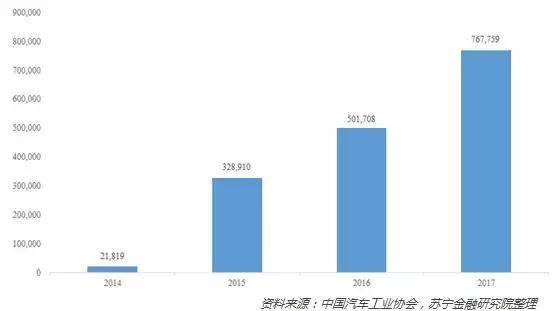
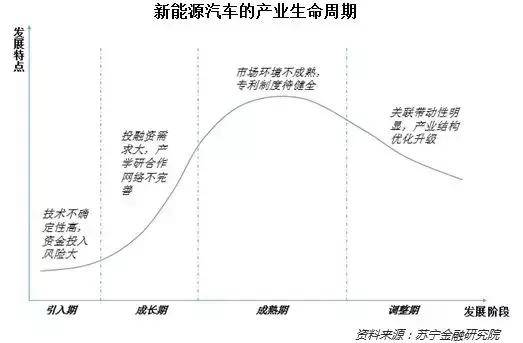
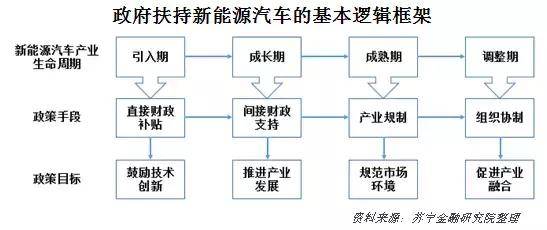
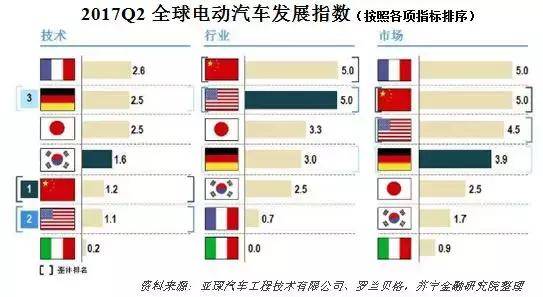
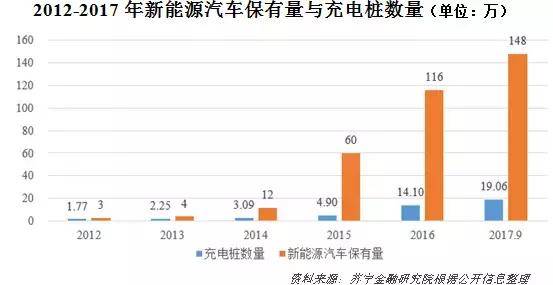
Core Tip: Really healthy industries rely on self-hematopoiesis instead of continuous passive blood transfusions. If the new energy auto industry really wants to achieve good development and then moves on to the world, it is certainly not enough to rely solely on policy, and it is necessary to constantly improve its own competitiveness. The so-called "it needs to be hard on itself."